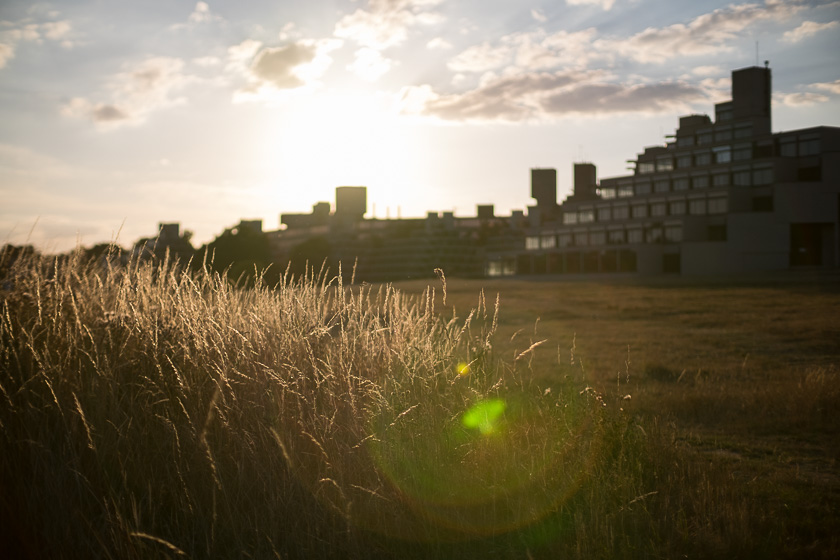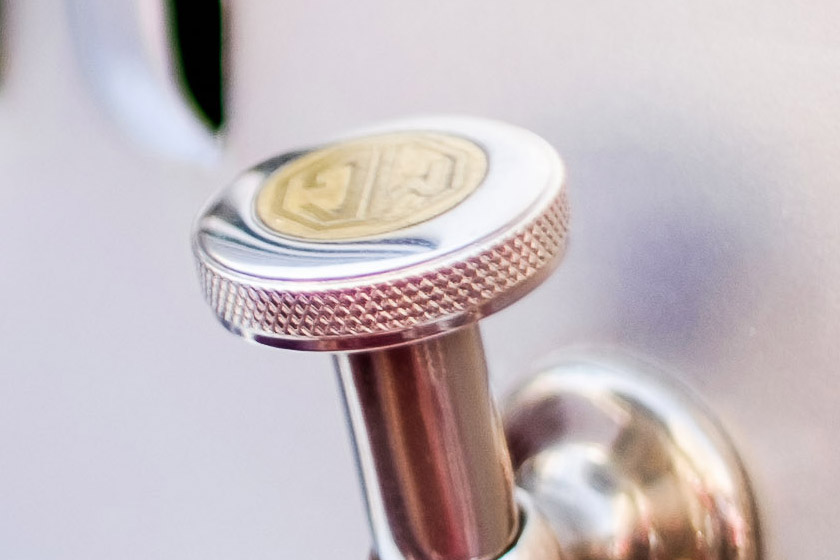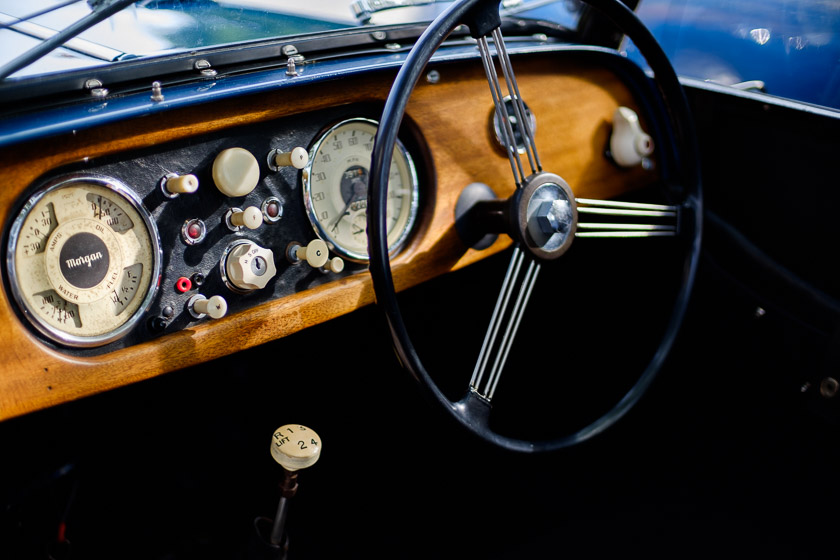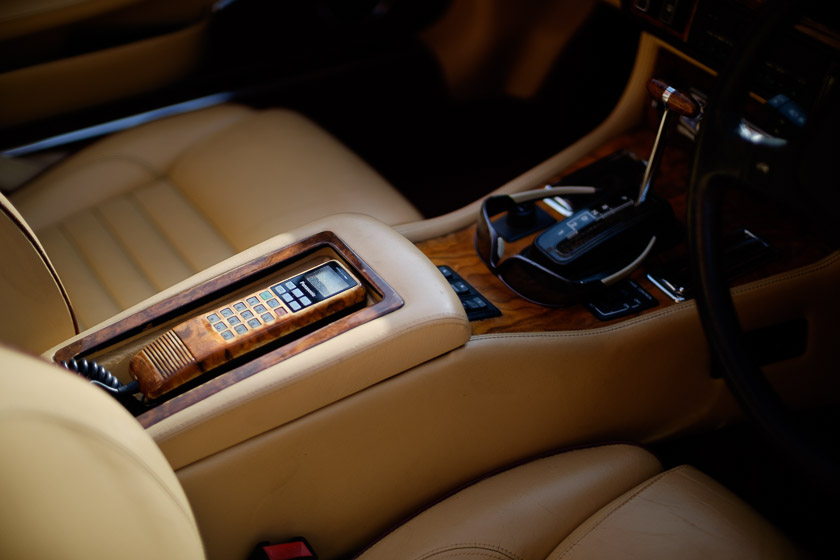
I already own the Fuji 35mm f1.4 so why did I buy the Mitakon 35mm f0.95 MKII when it’s only manual focus? The answer is the same reason anyone else would buy this lens, to shoot it wide open at f0.95.
My expectations weren’t great for its sharpness performance. Saying that there’s quite a bit of Fuji fanboyism goes on with Fuji lenses. The 35mm f1.4 is a fine lens but I’ve seen so many reviewers say that it’s soooo sharp and that it beats Nikon and Canon equivalent lenses. That just isn’t true, it’s a typical very fast prime, OKish wide open in the centre and pretty damn soft around the edges. By the time you hit f4 or f5.6 it’s at its best and is more than adequate for purpose although still far from the sharpest lens around in terms of corner performance. If you don’t believe me have a look at the technical reviews that are around on the likes of opticallimits.com.
Still, I did not expect the Mitakon lens to be as good as the Fuji lens in terms of centre performance when shot wide open. It is after all a very specialised lens and the Mitakon 35mm F0.95 MKI was pretty grim when shot wide open, have a look at the lenstip review. It achieved less than 2MP of resolution in the centre at f0.95.
Talking of the MKI lens it was a very heavy lens at more than 680g. The MKII is a positive lightweight in comparison at 460g. Saying that it still feels quite weighty when fitted to my Fuji X-T1. I think this is due to its density as much as its weight. It’s a little longer and a little narrower than the Fuji 35mm f1.4, overall a similar volume but the Fuji weights just under 200g so the Mitakon is well over twice the weight.
This is due to it being all glass and metal. The lens does feel very solid and of decent quality, arguably more so than the Fuji lens because it is an all metal build. The focus ring has a very smooth action to it and enough travel to make it easy to focus with focus peaking turned on.
A lot of people have commented, negatively, on the clickless aperture ring. I can live with it being clickless but the main problem with it is it’s at the front of the lens, not at the lens mount end. So the focus ring and aperture ring are swapped compared to all the Fuji lenses. This is an annoyance and does make it very easy to catch the aperture ring and move it when you don’t intend to.
Otherwise there’s not much to comment on as there’s so little functionality with this lens, it really is a case of back to basics. As I’m sure anyone reading this will already be aware, there is no electrical connection between the lens and the body so no f stop is reported in the EXIF data (it actually defaults to f1.0 which is roughly what the lens is wide open so one could argue that’s fortuitous).

Mitakon 35mm f0.95 Top View

Mitakon 35mm f0.95 Front View

Mitakon 35mm f0.95 Front View

Mitakon 35mm f0.95 on X-T1
I did wonder how much of an issue manual focusing would be with this lens because of the very shallow depth of field. I have my Fuji X-T1 set to red focus peaking and to be honest I’ve found this lens pretty easy to focus with on static subjects. You do have to be careful and on many occasions, I’ve used the focus assist to make sure I’ve nailed focus exactly where I want it but have had very few cases where I’ve not got the focus correct.
I wouldn’t want to have to focus on anything moving, but saying that I’m sure that’s a skill you could develop if you needed to. And do bear in mind that if you’re focusing more than a couple of metres away from the lens your depth of field will be wide enough to allow for a bit of error, even at f0.95.
My expectations for the sharpness of this lens were not great. As I mentioned earlier in the review the Fuji 35mm f1.4 isn’t fantastic in the centre when shot at f1.4 so I certainly expected the Mitakon to be worse.
My expectations were somewhat overturned though.
I’ve shown a view of the test chart I used, which is 5 printed test charts. One in the centre and one at each corner. The size of the overall area encompassed by these charts is about 750mm by 500mm. The carts were printed on a high quality laser printer. Assuming the printer was only 600dpi then the 750mm wide (29”) chart would be around 17,400 dots wide. This is obviously way higher resolution than the X-T1’s sensor, which is only 4900px across and about 3260px high. You can still see the limitations of the test charts but you can also see a little moiré, even on a Fuji sensor, so the charts are high enough resolution to make a point. I’ve magnified the images used in the review by a factor of 2 for comparison (and applied a little sharpening) otherwise it’s very difficult to see what’s going on.

Basic Setup. Chart is roughly 750mm wide and 500mm high
I measured the Fuji 35mm f1.4 lens at all equivalent points to show the difference in sharpness between the two lenses. Mitakon on the left and Fuji on the right. At f0.95 I've shown the Fuji at f1.4 so you can see how the two lenses compare wide open, even though the Mitakon is a stop faster.
Mitakon 35mm f0.95 vs Fuji 35mm f1.4 Centre Sharpness Comparison
| Centre Sharpness | |
|---|---|
| Comparison 35mm f0.95 |  |
| Comparison 35mm f1.4 |  |
| Comparison 35mm f2.0 |  |
| Comparison 35mm f2.8 |  |
| Comparison 35mm f4 |  |
| Comparison 35mm f8 |  |
| Comparison 35mm f16 |  |
Somewhat amazingly the Mitakon seems to have better centre sharpness at f0.95 than the Fuji lens does at f1.4, I wasn’t expecting that! The Mitakon also sharpens up quicker too and is at its maximum centre sharpness by f2.8 (and it's almost as sharp at f2, still sharp enough to see a little moire), the Fuji lens hits peak sharpness at f4 but notably never get as sharp as the Mitakon does. Very impressive performance!
It’s interesting to see the very pronounced colour shift in the blacks that the Fuji lens gives at f1.4. I’m not sure if this is coma or what it is. With the Mitakon there is a little of this on the left side of the black areas, which could be residual chromatic aberration as that is something this lens does suffer from, but it doesn’t affect the entire black area unlike the Fuji lens.
Mitakon 35mm f0.95 Corner Sharpness Comparison
| Centre Sharpness | |
|---|---|
| Comparison 35mm f0.95 |  |
| Comparison 35mm f1.4 |  |
| Comparison 35mm f2.0 |  |
| Comparison 35mm f2.8 |  |
| Comparison 35mm f4 |  |
| Comparison 35mm f8 |  |
| Comparison 35mm f16 |  |
Corner sharpness isn't that much different. The Fuji is slightly sharper wide open, albeit not by that much. The Mitakon peaks for corner sharpness at f8 at which point I'd say it's slightly sharper than the Fuji but you really are looking at minimal differences at that stage. Corner sharpness is slightly better at f16 on the Mitakon too, not that you're likely to be shooting it at f16 that often. I'd say this is more than adequate performance, you don’t buy a lens like the Mitakon to be a general-purpose lens, it’s a specialist piece of kit and if you’re not intending to shoot it mostly at f0.95 then you’re probably better off not buying it at all and getting the Fuji 35mm f2 lens instead which is cheaper, smaller, lighter and sharper at all apertures, and has auto-focus and is weatherproof to boot.
For the sort of images I'm likely to create with this lens, corner sharpness, or lack thereof, is not really an issue. And don't forget that the Mitakon really isn't that far behind the Fuji 35mm f1.4 because the Fuji lens isn't great in the corners either.
There is a little vignetting when shot at f0.95, as you can see in the corner comparison, but who cares? That’s all part of the character of the lens and I wouldn’t even bother to correct it, in fact more often than not I’d probably increase it.
There is an amount of longitudinal chromatic aberration, that's where things in front of the focal point have purple fringing and things behind the focal point have green fringing on high contrast boundaries. To be honest I'd be amazed if a lens this fast didn't exhibit this phenomena but it's not that bad and I've seen a lot worse. The Nikon AF-S DX 35mm f1.8G being a good example, a lens that people always rave about but one that left me decidedly underwhelmed. Mainly because of the high levels of longitudinal chromatic aberration, so the Mitakon is a lot better than the Nikon in that respect.
Likewise the lens does suffer from a little bit of barrel distortion but let’s face it this is not really intended as an architecture lens so in most cases you’ll not even notice it and on the rare occasions that it is noticeable you can very easily correct it in Lightroom or whatever software you use.
Bokeh is very good as you can see from the sample images. Yes you do get a bit of cat’s eye bokeh on out of focus highlights but virtually all fast lenses exhibit this phenomena.

Mitakon 35mm f0.95 on X-T1

Mitakon 35mm f0.95 on X-T1

Mitakon 35mm f0.95 on X-T1

The shadows have been lifted in this image by +100 in Lightroom, which is equivalent to about 2.5 stops. So it's good to see there's still very little flare.

Not so much here though, the lens can flare badly when bright light sources are in the frame.

Strange Beast 1

Strange Beast 2

Mitakon 35mm f0.95 on X-T1

Mitakon 35mm f0.95 on X-T1

100% Crop of above image.

Mitakon 35mm f0.95 on X-T1

Mitakon 35mm f0.95 on X-T1

Mitakon 35mm f0.95 on X-T1

Mitakon 35mm f0.95 on X-T1

Mitakon 35mm f0.95 on X-T1

Mitakon 35mm f0.95 on X-T1

100% Crop of above image.

Mitakon 35mm f0.95 on X-T1

Mitakon 35mm f0.95 on X-T1

100% Crop of above image. You can see a bit of chromatic aberration here.

This is the only sample image here that wasn't shot at f0.95, I think it was at f4 but of course I can't be sure because there's no aperture in the EXIF data.

Mitakon 35mm f0.95 on X-T1

Mitakon 35mm f0.95 on X-T1

Mitakon 35mm f0.95 on X-T1

Mitakon 35mm f0.95 on X-T1

Mitakon 35mm f0.95 on X-T1

Mitakon 35mm f0.95 on X-T1

Mitakon 35mm f0.95 on X-T1

Mitakon 35mm f0.95 on X-T1

And finally something completely different
I like this lens and am glad I bought it. It's far sharper than I imagined it would be and generally gives really pleasing images. So I guess the key question is, do I still feel a need to keep the Fuji 35mm f1.4 lens? The only area, other than having auto focus, that the Fuji excels in is its handling of lens flare. The Fuji lens flares in an appealing photogenic way whereas the Mitakon flares in a brash unappealing way.
Whether this is reason enough to keep the Fuji lens is highly debatable. I could sell the Fuji lens and cover most of the cost of buying the Mitakon and realistically I'm pretty unlikely to carry both 35mm lenses at the same time so I'm currently thinking, out with the Fuji and in with the Mitakon.

Fuji 35mm f1.4 at f8 on X-T1Although the sun wasn't quite in the frame here it was only just out of it and the only lens flare visible is the lowering of contrast in the background

Fuji 35mm f1.4 at f1.4 on X-T1This is an example of the lovely soft lens flare the Fuji lens can give.
So overall I’m very happy with this lens. It is much sharper than I was expecting in the centre when shot wide open. It’s easier to focus accurately on the X-T1 than I was expecting. Chromatic aberrations are less of an issue than I thought they might be. And the bottom line is, it does produce very pleasing images.
By trade I’m an electronics design engineer hence the quite technical nature of this review. I like to know exactly what a product delivers so I know how I can rely on it and how I can use it. I hope this review is of assistance to anyone else who is considering buying one of these heads